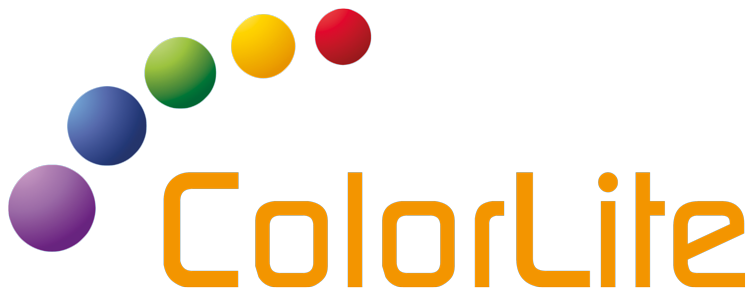How does the measurement of translucent liquids work?
What is needed?
Translucent liquids are solutions where light is partly transmitted and partly diffusely reflected. The amount of light transmitted is dependent on the path of the light. This means the length of the optical path affects results.
To measure translucent liquids ColorLite offers two different solutions. You can use a set with a fixed measuring distance. The samples are measured in a large glass cuvette. This setup uses the light source of the standard 45°/0° probe head.
Samples are measured in a disposable plastic cell with has an optical path of 10 mm. The samples are illuminated with a diffuse light source from an integrating sphere in a d/0° mode.
How?
The liquid samples are poured into the glass cuvette and the reflector is then submersed. This is then positioned above the supported probe head.
If using the external diffuse light source samples are filled into the disposable cuvettes directly or using a pipette and are placed into the cell holder. This holder also supports the normal 45°/0° probe head. The sprung head is pressed against the side of the cell and ensures a good contact.
The measurement is then started by pressing the enter key on the spectrophotometer or from the PC software ColorDaTra Professional.

